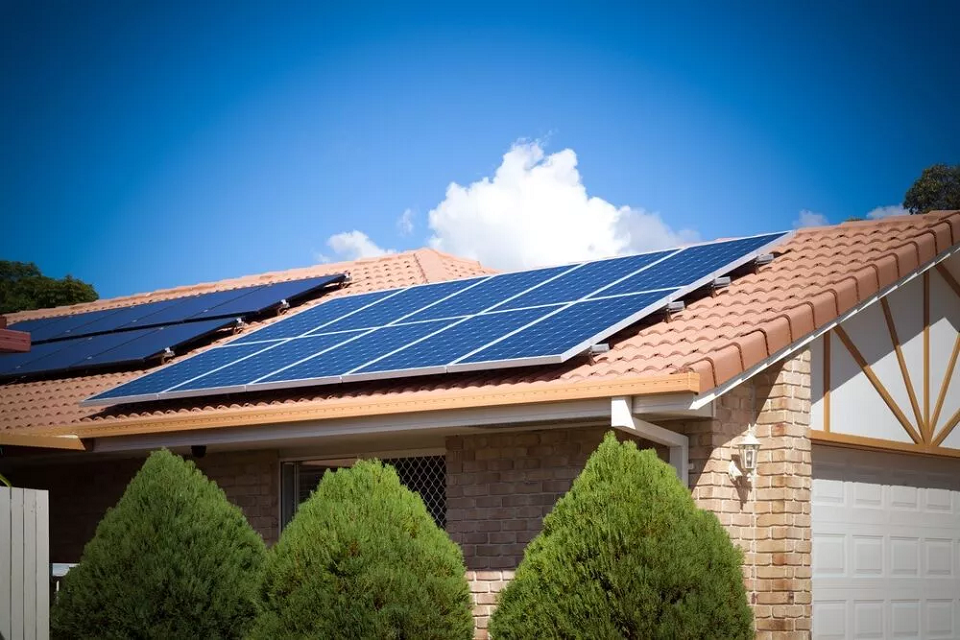Do you want to lower your power bills and reduce your environmental impact? Solar panels are a great way to do it, but naturally, there is an upfront cost involved. To assess the financial benefits of solar energy, it’s important to calculate your solar panel payback period. This period represents the time it takes to recover your initial investment through energy savings.
By understanding how to calculate the payback period, you can decide whether installing solar panels is a viable option for you and your family. In this comprehensive guide, we will walk you through the step-by-step process of calculating your solar panel payback period, enabling you to evaluate the long-term financial advantages of going solar.
Determine Your Solar System Cost
The first step in calculating the payback period is to determine the cost of your solar system. This includes the purchase price of the panels, installation fees, and any additional components, such as inverters or batteries. Obtaining quotes from reputable solar installers is essential to ensure you have an accurate estimate of the upfront cost. Additionally, consider the quality and durability of the solar panels and equipment you choose, as they can impact the system’s overall performance and longevity.
Evaluate Government Incentives
The great thing about buying solar in Australia is the various government incentives on offer. These incentives can significantly reduce the overall cost of your solar system and affect the payback period. One important program to consider is the Small-scale Renewable Energy Scheme (SRES), which provides financial incentives in the form of Small-scale Technology Certificates (STCs).
The number of STCs you’re eligible for depends on factors such as the location, size, and installation date of your solar system. By taking advantage of government incentives, you can shorten the payback period and maximise your savings.
Assess Your Energy Consumption
To accurately estimate the payback period, you need to understand a bit about your energy consumption. Review your electricity bills to determine your average monthly usage in kilowatt-hours (kWh). Understanding your energy consumption patterns will help you estimate the solar energy generation required to offset your usage and calculate potential savings. Make a note of your usage figures, as they will be important in the next step.
Estimate Energy Savings
Based on your energy consumption and the solar system’s capacity, you can estimate the energy savings it will generate. On average, a solar panel system in Australia produces about 3 to 5 kWh per day per installed kilowatt.
Let’s say 1kW of solar panels generates roughly 4kWh of electricity per day. So, for a 6.6kW system, your calculation might look like this:
6.6kW x 4kWh = 26.4kWh of electricity
If we assume your electricity costs around 15c per kWh through an electricity retailer, multiply this by your total system output, as mentioned above.
15c x 24.6kWh = $3.69 savings per day or;
$3.69 x 365 days per year = $1,346.85
It’s important to note that this works on the basis that you use every bit of solar energy your system produces. If you don’t use it all, you may get a credit on your bill for excess solar fed into the main grid, so a more complex calculation would be required.
Calculate Payback Period
To calculate the payback period, divide the total cost of your solar system by the annual energy savings. The result will indicate the number of years required to recoup your investment. Let’s use the above calculations and assume your upfront cost for a solar installation is around $5,000.
$5,000 / $1,346.85 = 3.71 years.
Bear in mind these are general estimates, and there are a lot of factors to consider, such as weather conditions, solar panel location, fluctuations in energy consumption and much more. However, it gives you a good indication that your system would have paid for itself in under four years.

 What accounts payable automation does to modernize business finance
What accounts payable automation does to modernize business finance Turkey’s Hair Transplant Boom: What Makes it the Go-To Destination for Hair Restoration?
Turkey’s Hair Transplant Boom: What Makes it the Go-To Destination for Hair Restoration? What Is Short Deck Poker & How To Play?
What Is Short Deck Poker & How To Play? The Psychology of Payday Loans: Impulse vs. Informed Decision Making
The Psychology of Payday Loans: Impulse vs. Informed Decision Making How EDC Machines Secure the Future of Financial Data Management?
How EDC Machines Secure the Future of Financial Data Management? The Many Uses of Silver
The Many Uses of Silver Transforming Document Workflows: The Role of AI in PDF Splitting and Merging
Transforming Document Workflows: The Role of AI in PDF Splitting and Merging Pradhan Mantri Matru Vandana Yojana 2024: Online Registration Process
Pradhan Mantri Matru Vandana Yojana 2024: Online Registration Process